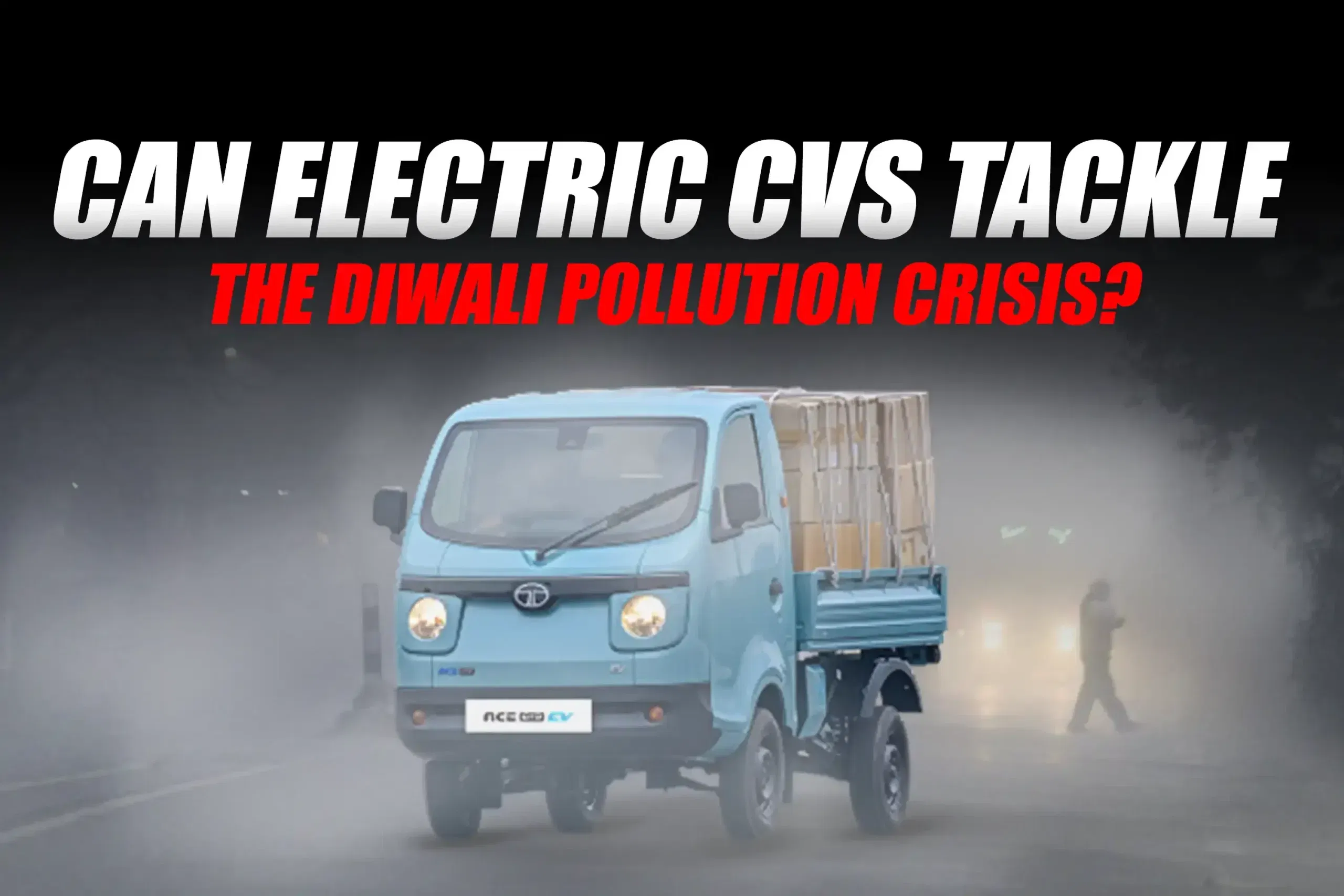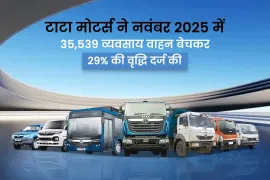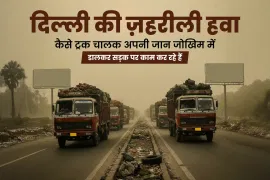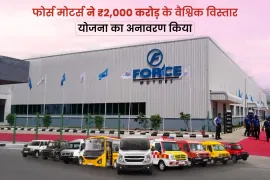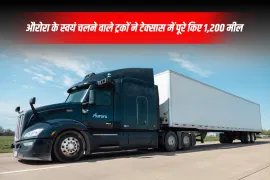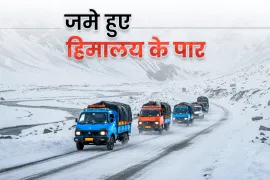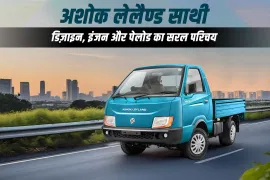Delhi woke up after Diwali in 2025 to a dense toxic smog. The Air Quality Index (AQI) was 442, making it one of the worst five years. Firecrackers, despite there being green norms, released significant particulate matter. Diesel commercial vehicles emitted nitrogen oxides and black smoke, contributing to pollution. Health authorities warned residents about respiratory risks, while hospitals reported a spike in breathing-related cases.
How Firecrackers Pollute the Air
Firecrackers emit PM2.5, PM10 and other dangerous gases. PM2.5 alone was over 59 times the safe level announced by the World Health Organisation in Delhi. The PM levels - after Diwali - were approximately 15% higher than those measured after Diwali 2024. Even with reduced stubble burning in Punjab and Haryana, which accounted for only 3.97% of total pollution.
Are Electric Commercial Vehicles The Real Solution?
Electric commercial vehicles have zero tailpipe emissions. Diesel trucks release smoke, CO and NOx, worsening air quality, while electric trucks and vans avoid these pollutants entirely. Alternatively, electric trucks and vans do not contribute to the pollution of the air. One electric vehicle can prevent approximately 4.6 metric tons of CO₂ emissions per year, which is the equivalent of planting 209 trees. Imagine replacing even a fraction of Delhi’s fleet; the reduction in PM2.5 and NOx could be substantial, especially in critical post-Diwali days.
The air in Delhi in 2025 was even more toxic than it was in the past five years. Although stubble burning in surrounding states decreased by 77%, the AQI levels after Diwali were the worst in the past five years. This increase in AQI was due to local causes - firecrackers and diesel commercial vehicles. This comparison shows how much more attention must be paid to local causes of emissions as quickly as possible.
Benefits of the Transition
Transitioning to electric commercial vehicles offers multiple benefits:
- Lowers greenhouse gas emissions, improving air quality instantly.
- Lowers fuel costs and creates less maintenance cost for companies.
- Allows for compliance with new local pollution regulations
- Showcase corporate social responsibility and help with brand image.
When powered by renewable energy, EV uptake additionally reduces carbon emissions. Battery electric vehicles (BEVs) can emit 73% less life-cycle emissions than petroleum trucks, a key area for green urban logistics.
A Hopeful Future
If businesses and cities begin to switch today, tomorrow can be a cleaner place. The integration of electric commercial transportation with judicious use of firecrackers, public education and staggered delivery timings can revolutionize city air quality. Diwali 2025 after post-Diwali is a wake-up call, with evidence that the pollution peaks can be prevented with preventive steps. Every EV in motion equals a quantifiable reduction in noxious pollutants, with celebrations that are healthier and sustainable.
Conclusion
Post-Diwali Delhi air quality 2025 shows the devastating effect of firecrackers and traditional commercial vehicles. Electric commercial vehicles offer a realistic, scalable solution. Their uptake can decrease emissions, enhance public health and establish a sustainable way forward. The time to act is now: every EV on the road contributes to a cleaner, safer future. to act is now: every EV on the road contributes to a cleaner, safer future.
For more articles and news, stay updated with 91trucks. Subscribe to our YouTube channel and follow us on Facebook, Instagram and LinkedIn for the latest videos and updates from the automotive world!
Related Stories:
Modern Bus Safety: Hidden Features and How They Help in Disasters
Inside a Truck Factory: How Heavy Vehicles Are Built in India
वेब स्टोरीज़
नवीनतम ट्रक समाचार
श्रेणी
91ट्रक्स एक तेजी से बढ़ता डिजिटल प्लेटफॉर्म है जो वाणिज्यिक वाहन उद्योग से संबंधित नवीनतम अपडेट और जानकारी प्रदान करता है।
